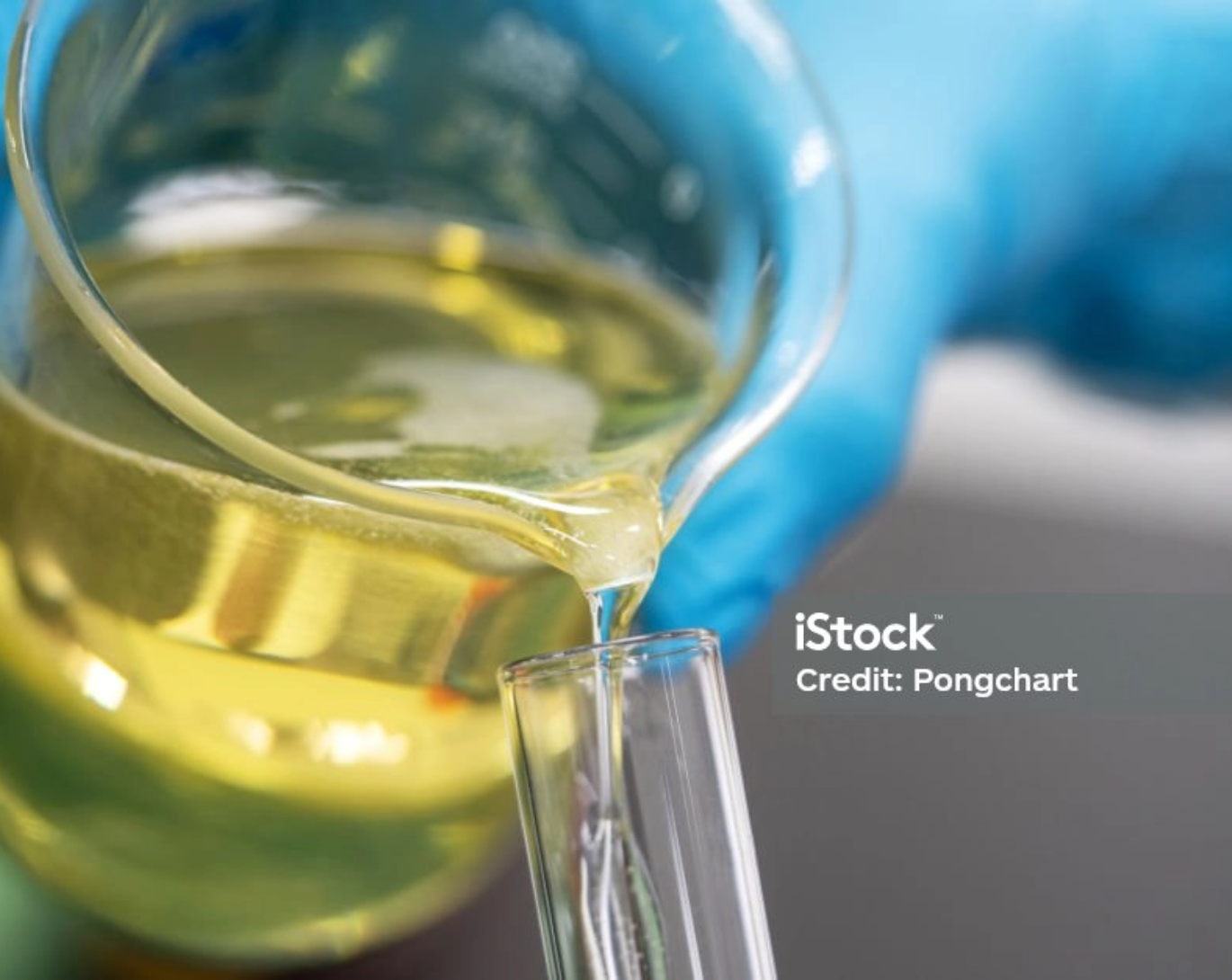Oil and gas refining, often referred to as petroleum refining, is the complex industrial process of converting crude oil and natural gas into various refined products, such as gasoline, diesel fuel, jet fuel, and petrochemicals.
| The Process
Crude Oil Distillation
The first step is to heat crude oil in a distillation tower, where it is separated into different fractions based on their boiling points. The lighter fractions, like gasoline and naphtha, vaporize at lower temperatures and are drawn off at higher points in the tower, while heavier fractions like diesel and residual fuel oil are collected lower down.
Conversion Process
Catalytic Cracking
Heavy fractions are broken down into lighter products using catalysts. This process increases the yield of gasoline and other valuable products.
Hydrocracking
Similar to catalytic cracking but with the addition of hydrogen to remove impurities and increase product quality.
Hydrotreating
Hydrogen is used to remove impurities like sulfur, nitrogen, and metals from various fractions.
Treatment Process
Desulfurization
Sulfur compounds are removed to meet environmental regulations and reduce air pollution.
Hydrogenation
Unsaturated hydrocarbons are saturated by adding hydrogen, improving stability and reducing the formation of pollutants.
Blending
Refined products often undergo blending to achieve specific properties and meet market requirements. For example, different grades of gasoline or diesel may be blended to optimize performance and reduce emissions.
Product Separation & Storage
After processing and blending, the refined products are separated, stored, and often transported via pipelines or tankers to distribution points.
Petrochemical Production
Some refineries have integrated petrochemical units that use byproducts of the refining process to produce chemicals like ethylene and propylene, which are essential for manufacturing plastics and other materials.
Environmental Compliance
Refineries must comply with strict environmental regulations, which include emissions control, waste management, and safety measures to minimize the impact on the environment and surrounding communities.
Energy Generation
Refineries often use some of their byproducts, such as refinery gases, to generate energy for their own operations, reducing waste and energy costs.
Product Distribution
Refined products are distributed to various markets, including gas stations, airports, and industrial customers, via a network of pipelines, trucks, and ships.

Renewable energy is a critical component of the transition to a more sustainable and carbon-neutral energy system. As technology continues to advance and economies of scale are realized, the role of renewables in the global energy mix is expected to grow significantly.
